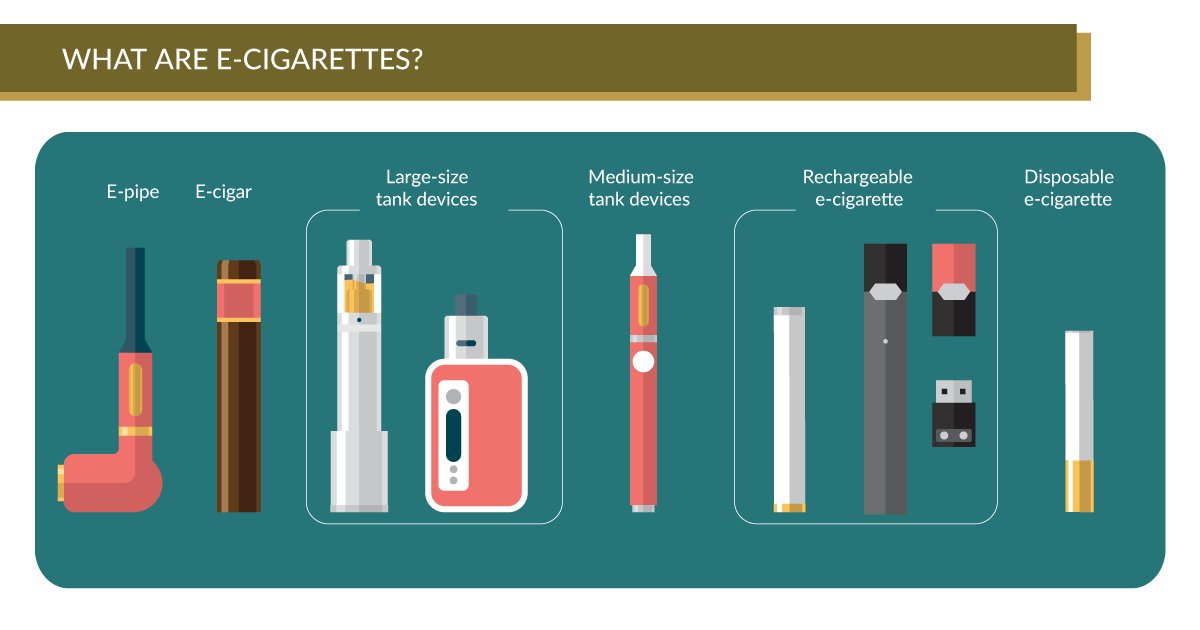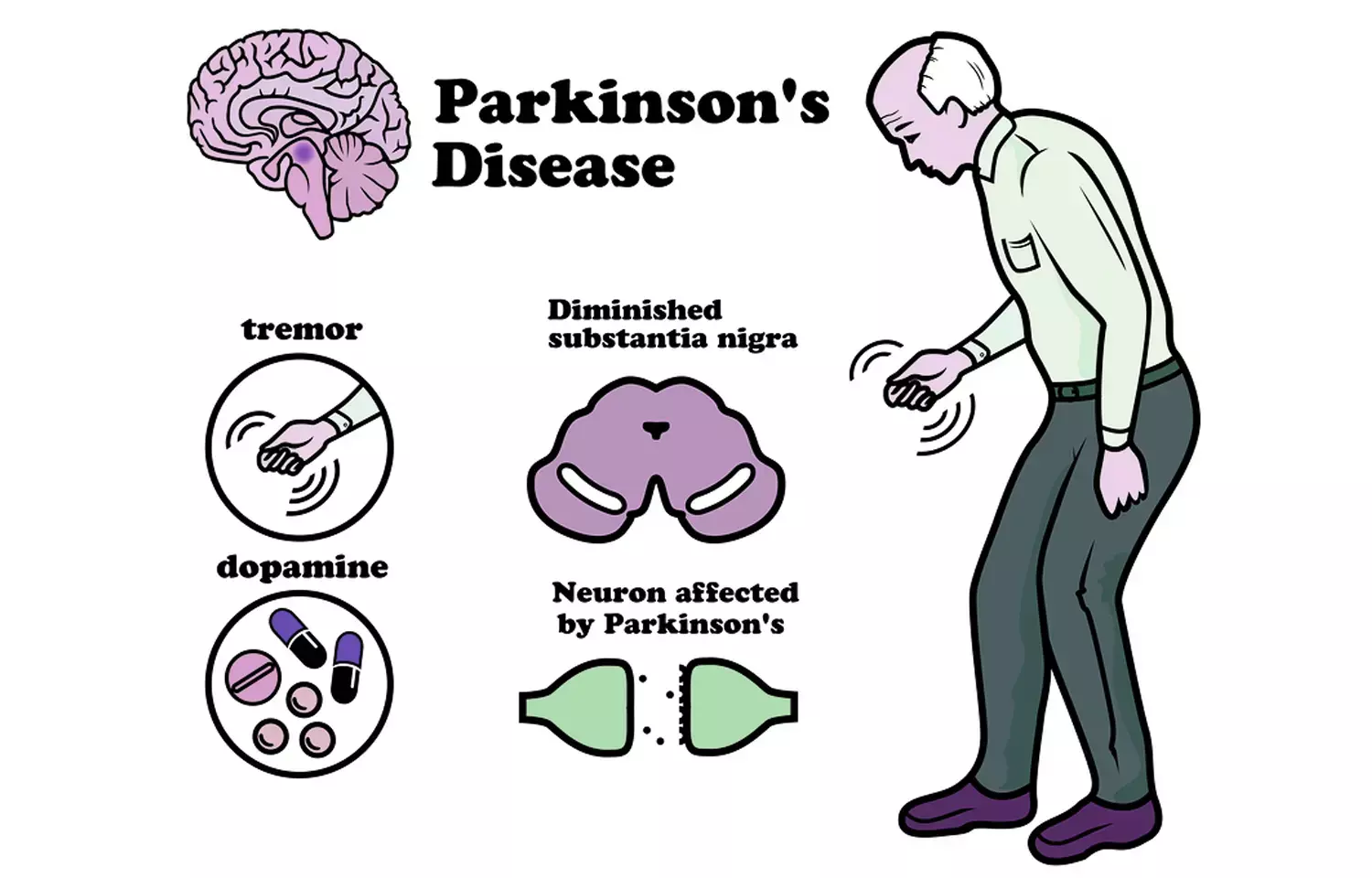Vaping & E-cigarettes among Minors
/in Assignment Help, Assignment Help Nursing, Homework Help, Nursing Exam Help, Nursing Paper Help, Psychology assignment help, Solved Nursing Essays /by StephenVaping & E-cigarettes among Minors
Population – Vaping and E-cigarettes among young adults
Intervention – E-cigarette prevention program, providing education and resources for students and teachers and family involvement
Comparison – Prevention programs in school versus public health interventions
Outcome – Reduced vaping and use of e-cigarettes, improved quality of life
Time – Over a period of 12 months
In order to formulate your evidence-based practice (EBP), you need to assess your organization. In this assignment, you will be responsible for setting the stage for EBP. This assignment is conducted in two parts: an organizational cultural and readiness assessment and the proposal/problem statement and literature review, which you completed in NUR-550.
Section A: Organizational Culture and Readiness Assessment
It is essential to understand the culture of the organization in order to begin assessing its readiness for EBP implementation. Select an appropriate organizational culture survey tool and use this instrument to assess the organization’s readiness.
Develop an analysis of 250 words from the results of the survey, addressing your organization’s readiness level, possible project barriers and facilitators, and how to integrate clinical inquiry, providing strategies that strengthen the organization’s weaker areas.
Make sure to include the rationale for the survey category scores that were significantly high and low, incorporating details or examples. Explain how to integrate clinical inquiry into the organization. Submit a summary of your results. The actual survey results do not need to be included.
(Vaping & E-cigarettes among Minors)
Section B: Proposal/Problem Statement and Literature Review
In NUR-550, you developed a PICOT statement and literature review for a population quality initiative. In 500-750 words, include the following:
Refine your PICOT into a proposal or problem statement. Provide a summary of the research you conducted to support your PICOT, including subjects, methods, key findings, and limitations.
General Guidelines
You are required to cite three to five sources to complete this assignment. Sources must be published within the last 5 years and appropriate for the assignment criteria and nursing content.
Prepare this assignment according to the guidelines found in the APA Style Guide, located in the Student Success Center. An abstract is not required.
This assignment uses a rubric. Please review the rubric prior to beginning the assignment to become familiar with the expectations for successful completion.
You are required to submit this assignment to LopesWrite. Please refer to the directions in the Student Success Center.
Note: After submitting the assignment, you will receive feedback from the instructor. Use this feedback to make revisions for your final paper submission. This will be a continuous process throughout the course for each section.
References
Hammond, D., Reid, J. L., Rynard, V. L., & Fong, G. T. (2020). Prevalence of vaping and smoking among adolescents in Canada, England, and the United States: Repeat national cross-sectional surveys. BMJ, 365, l2219. https://www.bmj.com/content/365/bmj.l2219
Gaiha, S. M., Halpern-Felsher, B., & Pepper, J. K. (2020). Ethical concerns in e-cigarette prevention and control programs targeting adolescents. Journal of Adolescent Health, 66(5), 613-620. https://www.jahonline.org/article/S1054-139X(20)30012-9/fulltext
Dinardo, P., & Rome, E. S. (2019). Vaping: The new wave of nicotine addiction. Cleveland Clinic Journal of Medicine, 86(12), 789-798. https://www.ccjm.org/content/86/12/789
Chadi, N., Schroeder, R., Jensen, J. W., & Levy, S. (2019). Protecting youth from the risks of e-cigarettes: A challenge for pediatricians. Canadian Medical Association Journal, 191(27), E792-E795. https://www.cmaj.ca/content/191/27/E792
Cullen, K. A., Gentzke, A. S., Sawdey, M. D., et al. (2019). E-cigarette use among youth in the United States, 2019. JAMA, 322(21), 2095-2103. https://jamanetwork.com/journals/jama/fullarticle/2755265






